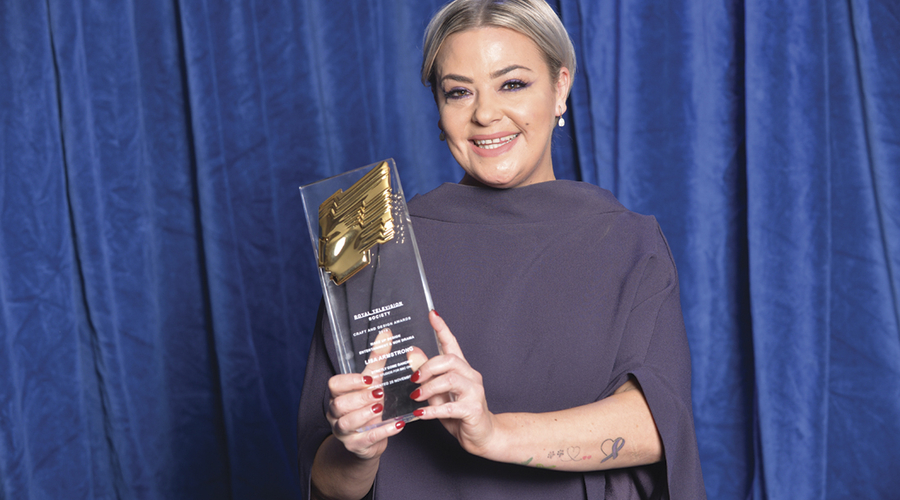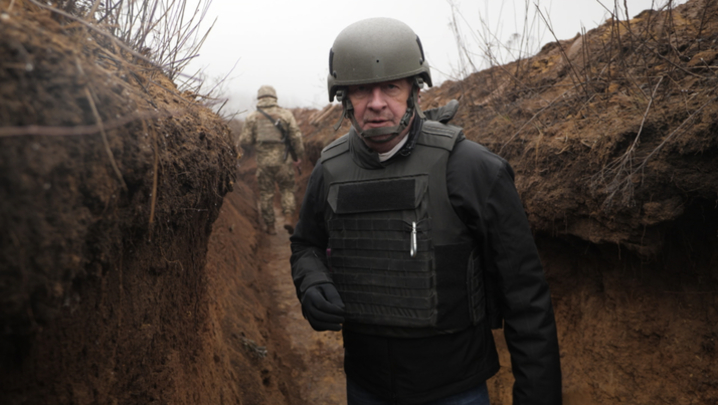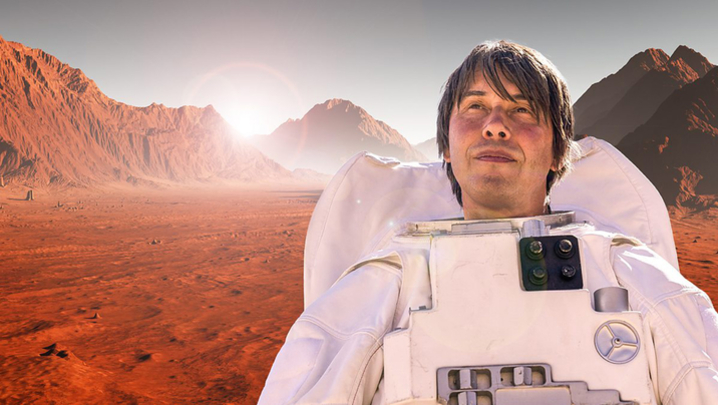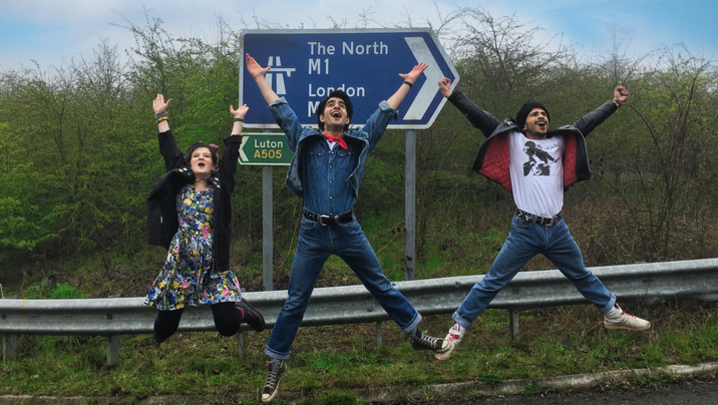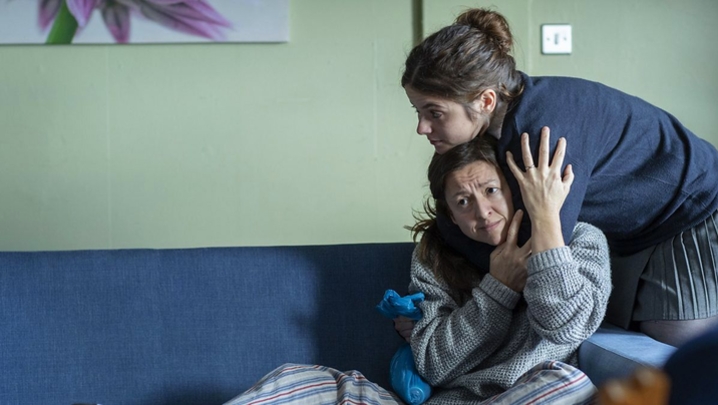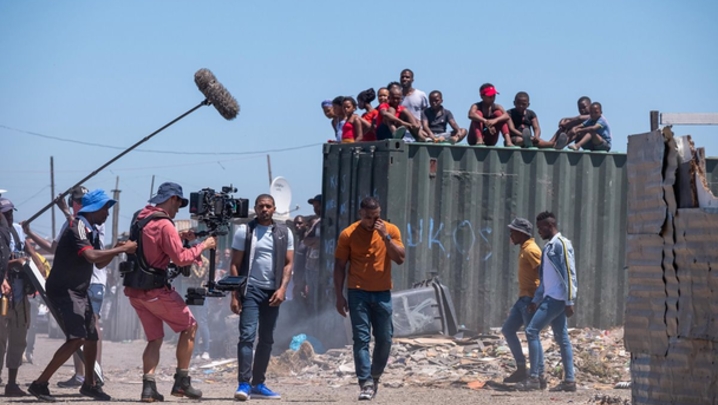Lisa Armstrong won the RTS Craft & Design Award for Make-Up Design – Entertainment & Non Drama at the end of last year.
She wowed the judges with her work on BBC One smash hit Strictly Come Dancing, “consistently impressing audiences and fans, never failing to entertain and constantly exhibiting an amazingly varied array of skills and techniques”.
What makes a good make-up artist?
You have to have a talent and an eye for it – a good artist pushes boundaries. But you also need confidence and integrity – what goes on in the make-up room stays in the make-up room.
So you need personal as well as technical skills?
Yes, you need to form a personal connection and gain trust – being made up is an intimate experience. The performer might be nervous and you’re the last person they see before they go out to dance. You need to make them feel good about themselves so they can perform well.
What do you bring to work with you?
Everything you need for the job. For Strictly, I need three cases, full of glitter, eyelashes, nail polish, body shimmer and lip gloss. You then adapt it as you get to know a person. So, when I work with Alan Carr, I always make sure I’ve packed my glasses cleaner.
Make-up artists always bring more than they need, so we’re always moaning about lugging suitcases about. We’re the go-to people for plasters, toothpaste, tissues and deodorant.
How big is the make-up team on Strictly?
Myself, five make-up artists, a hair supervisor, five hairdressers and four assistants – although, as we lose celebs during the series, the team slims down.
Is it hard work?
On a Saturday, we start at 8:30am and wrap at 11.30pm. During the day, the celebs and their partners are constantly rehearsing and whizzing around the dance floor: the rollers are flying out, the lip-gloss is getting smudged and the eyelashes are hanging off.
Dancers, especially the boys, sweat like you wouldn’t believe. The team is constantly on the go. We do the live show and then, after a break, record the results show. And then we’re back in the make-up room to clean everything ready for the following week.
Which other departments do you work with?
Costume, staging and lighting. You’re running up and down the corridor, talking with the costume department to ensure the dancers look just right. You work with each other, not against each other. We are a big family.
The lighting and the staging needs to highlight the make-up, as it did with Faye Tozer and Giovanni Pernice’s Halloween routine a couple of years back. She was half woman, half skeleton: from one angle, she was beautiful and, then, when she turned in her routine, you saw the gory side of her face. The routine was amazing and it was all about the make-up, costume, lighting and camera departments working together.
How has lockdown been for you?
I’ve not done anything for months – people are having to do their own make-up. When Piers [Morgan] did his for Good Morning Britain, I texted him and asked: “What the hell’s happened to you?” People are now appreciating what make-up artists do.
What did you do before make-up came calling?
I was a dancer and went to the Brit School in Croydon, and then joined the pop group Deuce. We toured the country for a couple of years but, when that came to an end, I was at a loss. I was 21 and thought, “What the hell do I do now?”
How did you become a make-up artist?
I realised I had always loved make-up: I did my own make-up for dancing competitions as a kid; in the band, I wanted it all: all the colours, lip gloss, eyelashes and diamante jewellery. I went to the Glauca Rossi School of Make-Up in London and got a diploma. I knew people in the industry and found make-up work for magazines, and had a column in Cosmopolitan Hair and Beauty answering readers’ questions.
How did you make the jump to TV?
I was doing make-up for singers as well, such as Pop Idol winner Michelle McManus, and then I met Ozzy and Sharon Osbourne at a shoot. Sharon’s normal make-up artist had another job, so I did her make-up on The X Factor. That was my first TV show.
Right time, right place?
Yes, but you’re only as good as your last job. I was part of the make-up team on The X Factor, loved it and learned so much, before becoming hair and make-up designer on Strictly. This will be my 13th year on the show.
What advice would you give to someone starting out now?
Go to college and then practise your craft. Even if you want to work in TV, explore every avenue – it’s important to learn how to do theatre or fashion model looks, and to understand wigmaking and prosthetics. Throughout your career, you will learn from the people you work with.
Are there any tricks of the trade you can share with us?
Always do the eye make-up first – we use a lot colour and textures here and I don’t want it falling on to a perfect, made-up face.
What are the best and worst aspects of the job?
Strictly’s the best show in TV entertainment – you can be so creative. The only downsides are the long hours and the lost weekends. But – you know what? – who cares! I love the job.
What other types of show would you love to work on?
Period drama would blow my mind – it would be way outside of my comfort zone.
Make-up artist Lisa Armstrong was interviewed by Matthew Bell.

